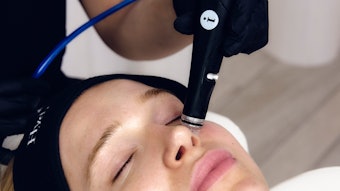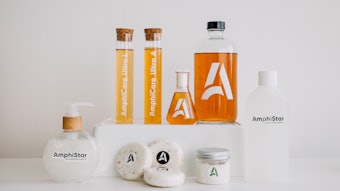During recent years, the significance of polymers and surfactants in the cosmetics and personal care industry has increased with their incorporation into a myriad of applications.
Surfactants are used as emulsifiers, wetting agents, cleansers, foaming agents, solubilizers, conditioners and thickeners and to produce emolliency effects; polymers, on the other hand, are employed to enhance system viscosity that in turn affects the rheology of the formulation. In skin care products, surfactants are used to prevent deposition of undesirable particles by emulsification, solubilization and dispersion.
Surfactants are amphiphilic moieties that form a link between two phases of markedly different polarity to reduce the surface tension at the interface. The mechanisms by which surfactants behave as cleansing agents previously have been described.1 Surfactants are classified as ionic or nonionic, depending on whether they ionize in aqueous media. Ionic surfactants are further classified as anionic, cationic and amphoteric compounds, depending on the charges on the surface-active portion of the molecule.
Apart from the mentioned functions, surfactants are used for the synthesis of microemulsions and nanoparticles by microemulsion method; microemulsions and nanoparticles are in turn is used for flavors, fragrances and encapsulation of antimicrobial agents for such applications and antiperspirants and deodorants.
Encapsulation techniques are used in the food and cosmetic industries to control the release of entrapped materials and to protect against the surrounding environments. Fragrance encapsulation and its controlled release play a key role in fragrance marketing; for example, fragrance samples incorporated as films or fine powders on magazine pages give consumers an opportunity to try the fragrance, enhancing its marketability. Encapsulation stabilizes the fragrance while controlled release prolongs its longevity. Once the flavor or fragrance is encapsulated, controlled release is enacted by diffusion, pressure change, temperature sensitivity or other stimuli. The importance of encapsulation in food and cosmetics and various mechanisms of controlled release have been discussed in detail by Peppas.










![Lead Image2 [nas] 800x450px](https://img.cosmeticsandtoiletries.com/files/base/allured/all/image/2024/10/Lead_image2__NAS__800x450px.6704042d635b8.png?auto=format%2Ccompress&fit=crop&h=191&q=70&w=340)
